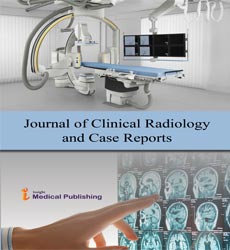Improved Biosensors Through Materials Engineering
Abstract
Biosensing is an important application of electrochemistry, and one touches different aspects of human life on a day-to-day basis. Often, the materials available for sensing are limited, and it is crucial to improve its efficacies by material manipulation through materials engineering. This work systematically shows how materials can be altered to tune the sensing capabilities. Three different systems demonstrates how materials engineering can change the active sites and its effect on sensing. Using NiFe-layered double hydroxides (LDH) and changing the metal ion ratios, a fundamental problem in glucose sensing, differentiation of oxygen evolution and glucose oxidation has been tackled. To show the importance of processing on the usage of active sites, NiCo-LDH is exfoliated and its sensing is studied using dopamine. Apart from the processing, the phase of the material also influences the exposure of active sites. To evaluate this, iron oxyhydroxides with different phases are synthesised and the relations have been studied in detail. This approach shows that materials engineering will be vital in improving the sensing capabilities of the materials.
Open Access Journals
- Aquaculture & Veterinary Science
- Chemistry & Chemical Sciences
- Clinical Sciences
- Engineering
- General Science
- Genetics & Molecular Biology
- Health Care & Nursing
- Immunology & Microbiology
- Materials Science
- Mathematics & Physics
- Medical Sciences
- Neurology & Psychiatry
- Oncology & Cancer Science
- Pharmaceutical Sciences
